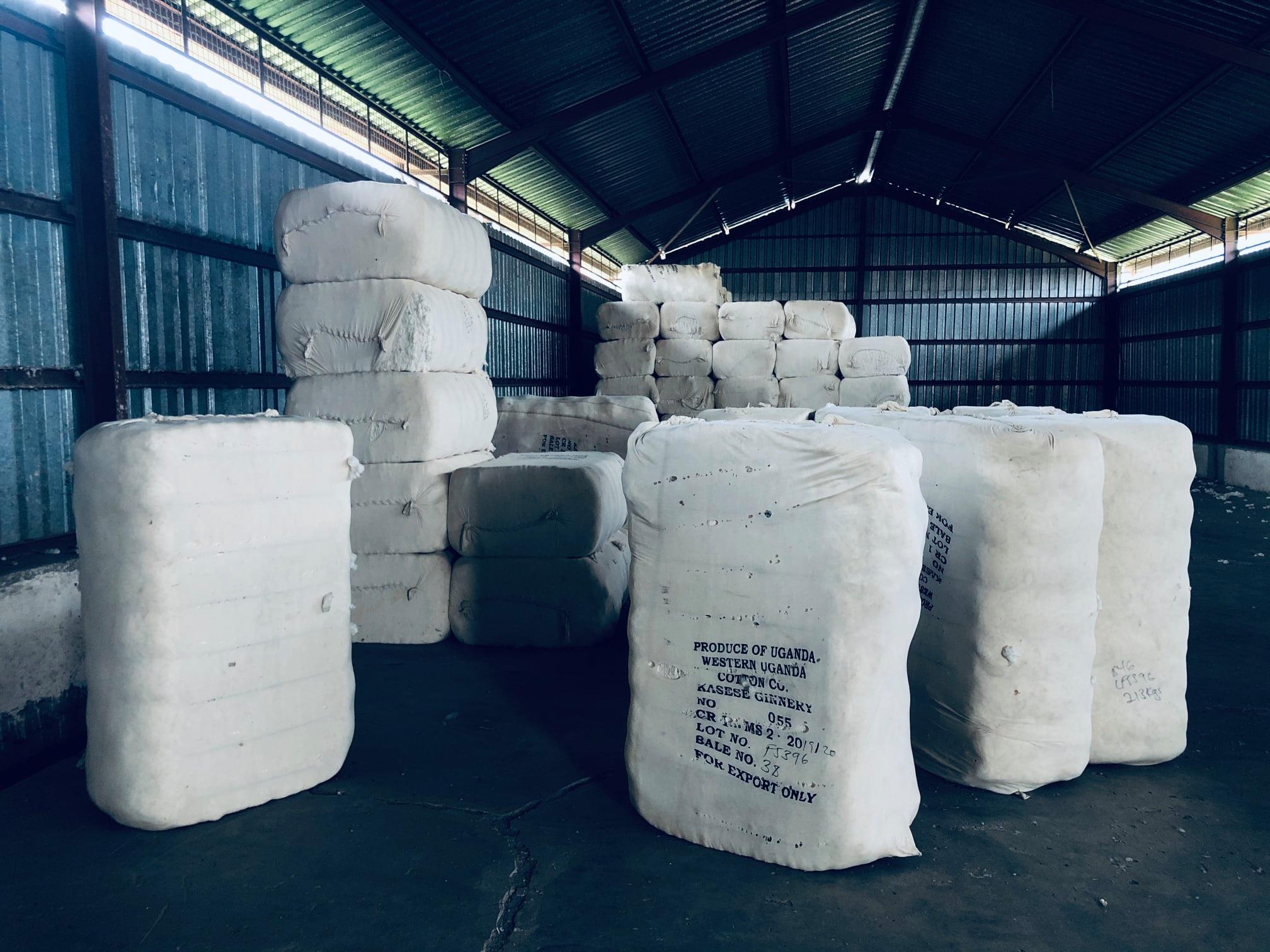Finance Minister Matia Kasaija has encouraged the Uganda Revenue Authority (URA) to employ their newly launched digital strategy to achieve a 20 percent tax-to-gross domestic product (GDP) ratio within the next two years. Speaking during the strategy’s launch in Nakawa, Kampala on Friday, Minister Kasaija emphasized that Uganda, as a mature country, should utilize its available resources for development rather than resorting to borrowing.
“I am assigning URA the task of achieving a 20 percent tax-to-GDP ratio within the next two years. A mature country like Uganda should not need to borrow. Additionally, we urge URA to support the government’s efforts in creating jobs for our youth,” he stated.
Uganda’s current tax-to-GDP ratio stands slightly above 12 percent. The new digital strategy, named the “2024-27 Digitisation and IT Roadmap,” aims to provide swift tax services, inclusive solutions for all tax segments, and accessible technologies for taxpayers. According to Mr. Robert Mutebi, the URA Commissioner for IT and Innovation, the strategy is designed to simplify the customer experience and expand the reach of tax services. It also seeks to use technology more effectively in identifying and addressing tax non-compliance in real-time.
The strategy will play a crucial role in automating tax processes, ensuring quality assurance, and reducing revenue losses for URA. Over the past five years, URA has integrated ICT into tax administration, staying ahead of the government’s digital agenda, which was recently introduced. During this period, URA has introduced several digital solutions under the Domestic Revenue Mobilisation Strategy to expand the tax base and incorporate more taxpayers.
These innovations include digital tax stamps (DTS), the Electronic Fiscal Receipting and Invoicing System (EFRIS), and the digitization of rental income tax. They are central to closing tax loopholes and enhancing compliance. The implementation of DTS in 2019 significantly increased excisable tax collections, growing by Shs157.9 billion during the 2022/23 financial year, representing a 24.2 percent increase.
A report from the World Health Organization highlights the role of digital tax stamps in addressing revenue losses and enabling the traceability of the origin of goods. These stamps help combat tax evasion by providing essential information such as brand details, manufacturer information, production location, and chronological data, ensuring comprehensive product traceability.
The adoption of digital tax stamps has risen significantly, from 200 companies in 2020 to 1,171 companies currently utilizing the solution.




















